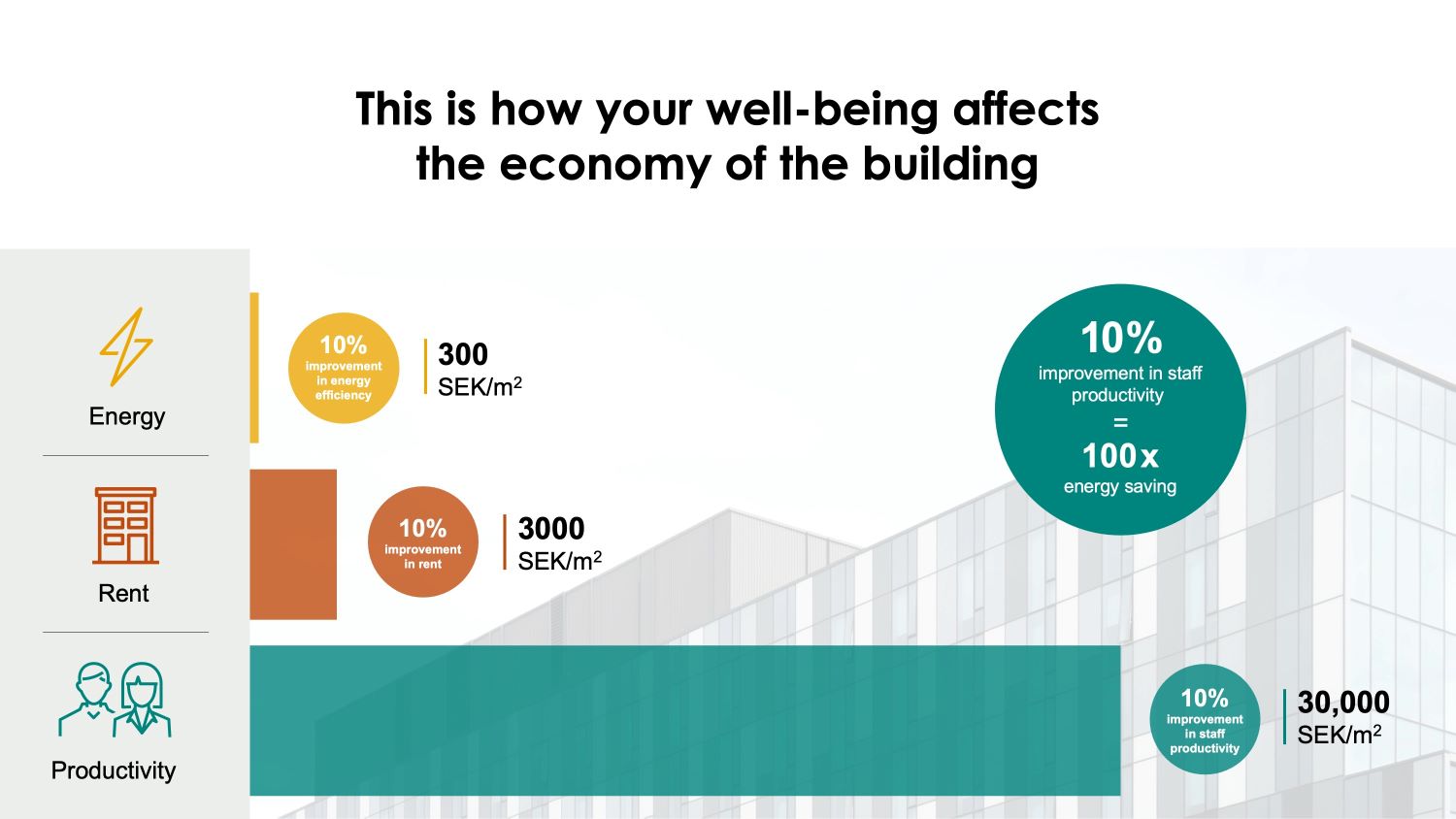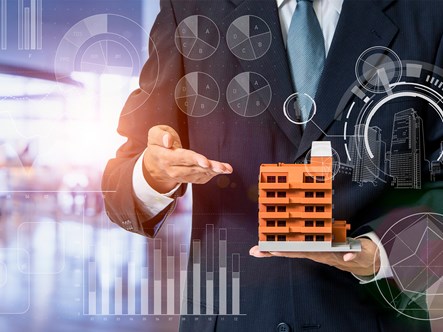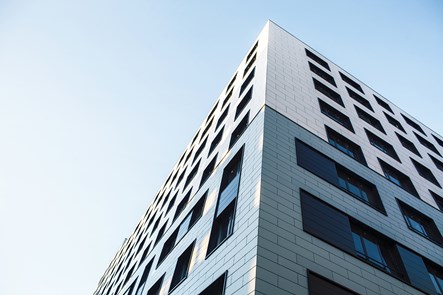Indoor climate and building economics
While the indoor climate is important for our well-being, it also affects stakeholder finances in varying ways. An optimal indoor climate increases productivity of building occupants and reduce sickness absences rates. This results in increased profitability for those who operate a business in the premises and reduce the costs to society.
A good indoor climate is based on well-designed and carefully thought through systems that are both space and energy efficient. Creating an optimal indoor environment gives, a side from the above opportunities, also possibilities to increase lease in the premises as well as reduce energy use which lessen the strain on the environment.
Increased productivity
The greatest savings come from the people in the building. Studies of the relationship between indoor climate and human performance indicate that there is a risk of loosing significantly in productivity in a poor indoor climate. It therefore has considerable impact on payroll expenses. With this in mind, investments in superior indoor enverivonmetal systems can very well be seen to soon be recouped.
Bottom-line impacts
The lease revenue from a building is normally of significant value to a building owner. Looking at how the indoor climate affects customer satisfaction and tenant churn, this factor is likely to hold great potential, even if tenancy rate increases by only a small percentage.
Energy efficiency
Considerable amounts of money may be saved from designing an energy efficient indoor climate solution. This should make the indoor climate solution a key matter in any building development. When a demand controlled indoor climate solution is used the energy consumption may be reduced by up to 80% in terms of fan energy, and up to 40% in terms of heating and cooling energy.
Building certifications
Green building certifications have been on the rise for some time, contributing to comfortable, productive and healthy indoor environments. All well-known building certification can also be seen as driving factors in construction and building design for reduced energy consumption, and thereby reduced cost.

It is 100 times more cost-effective to optimise the productivity of people working in the premises by offering an optimal indoor climate than saving energy. An optimal indoor climate holds large savings in the form of, e.g. reduced sickness absence costs.
Source: Jones Lang Lasalle, A surprising way to cut real estate costs www.us.jll.com (23 March 2022)
Recommended reading

Why you should consider a 4-pipe system for cooling and heating
A polyvalent unit is beneficial seen in the perspective of investment cost, energy consumption and operation expenses.


